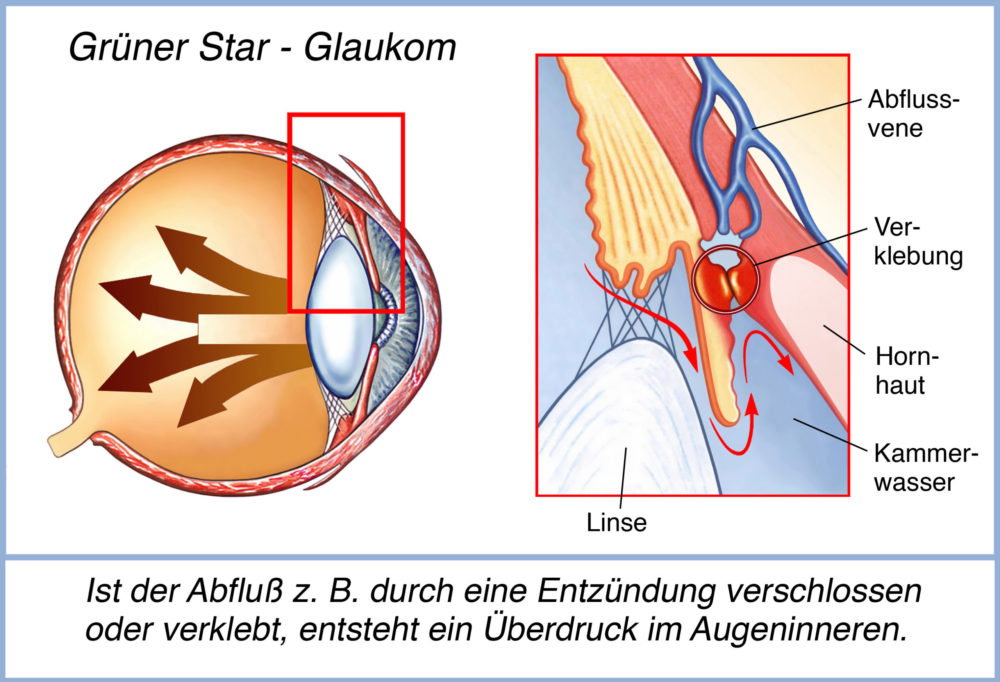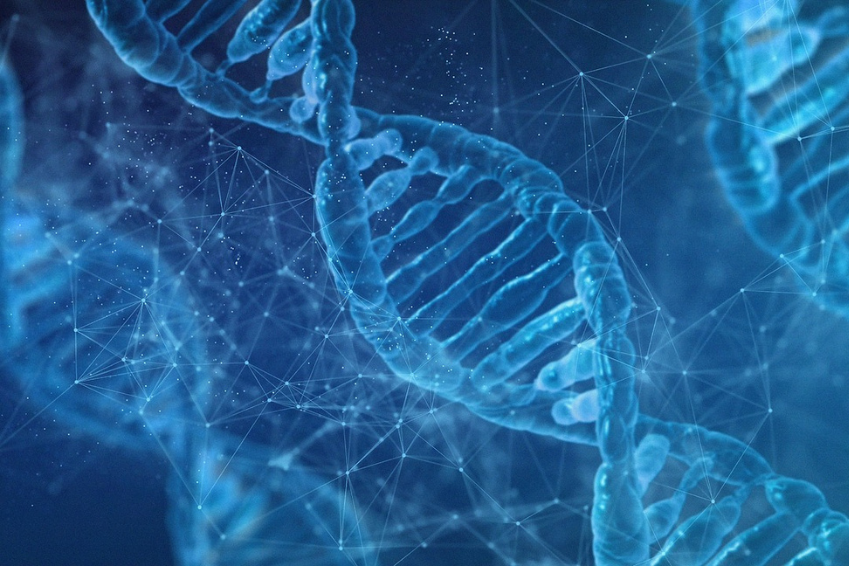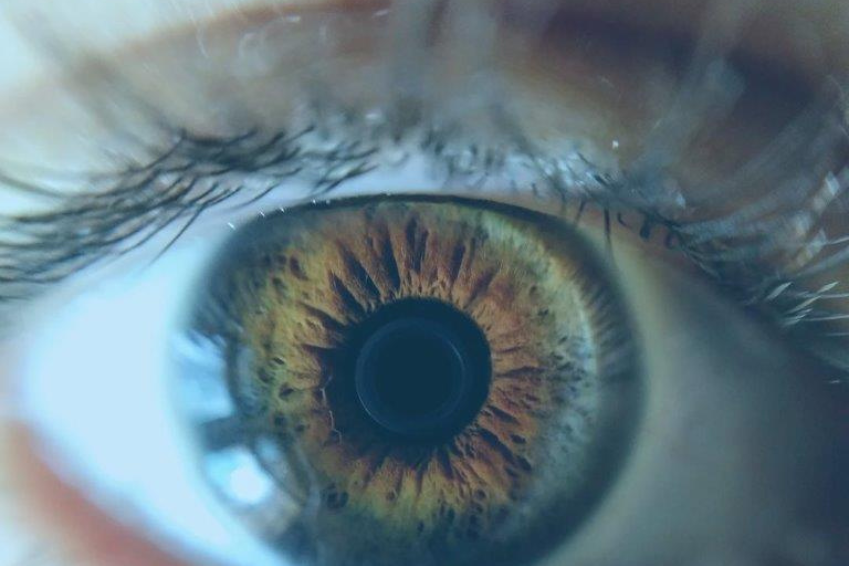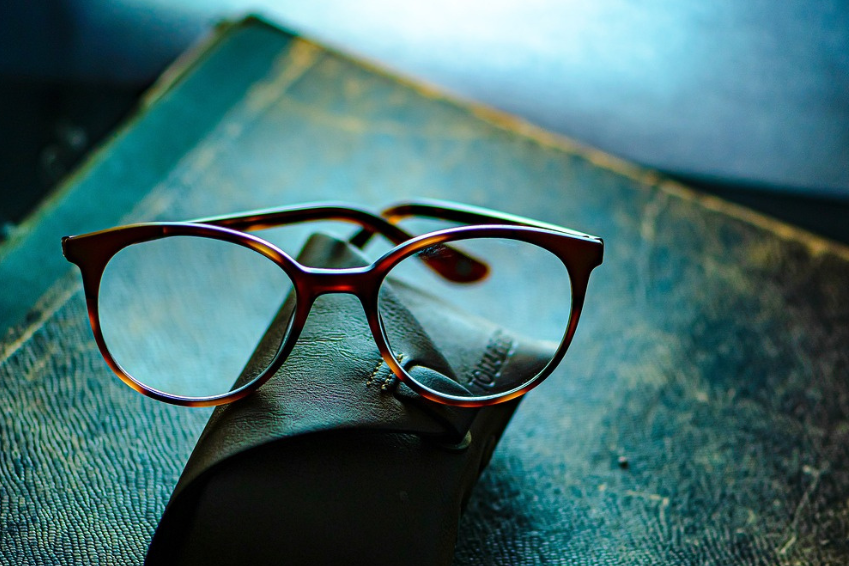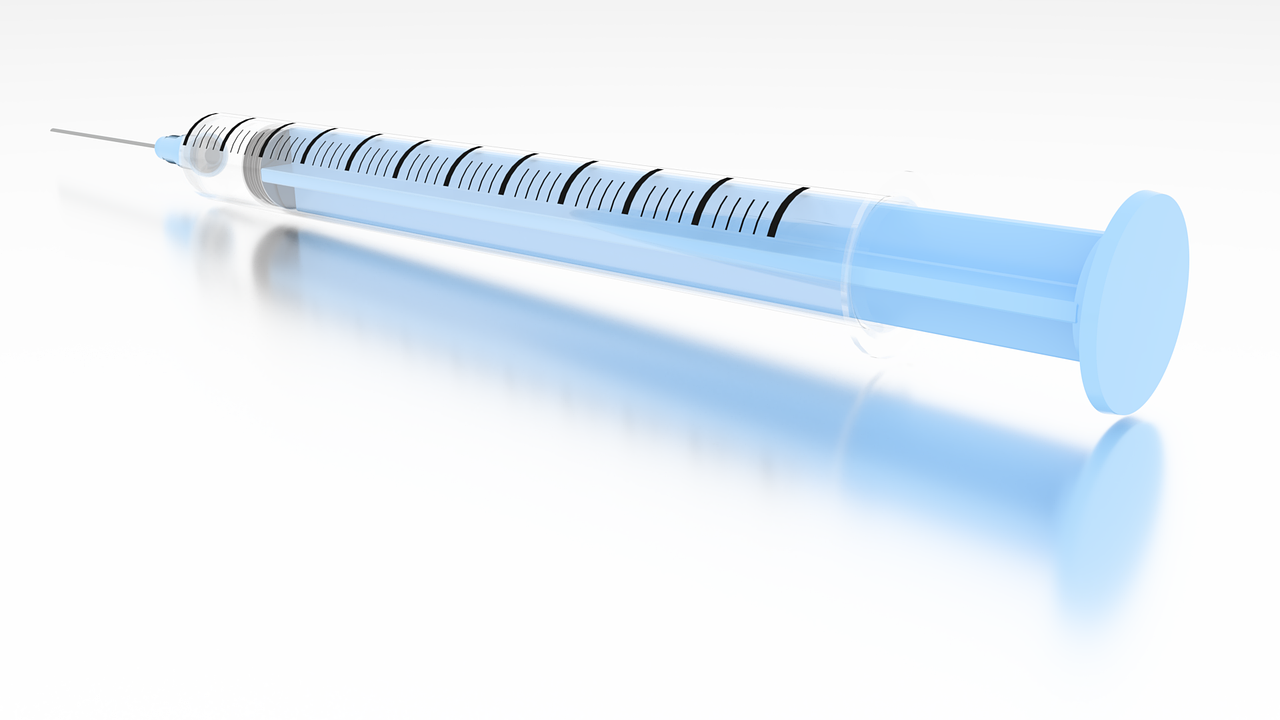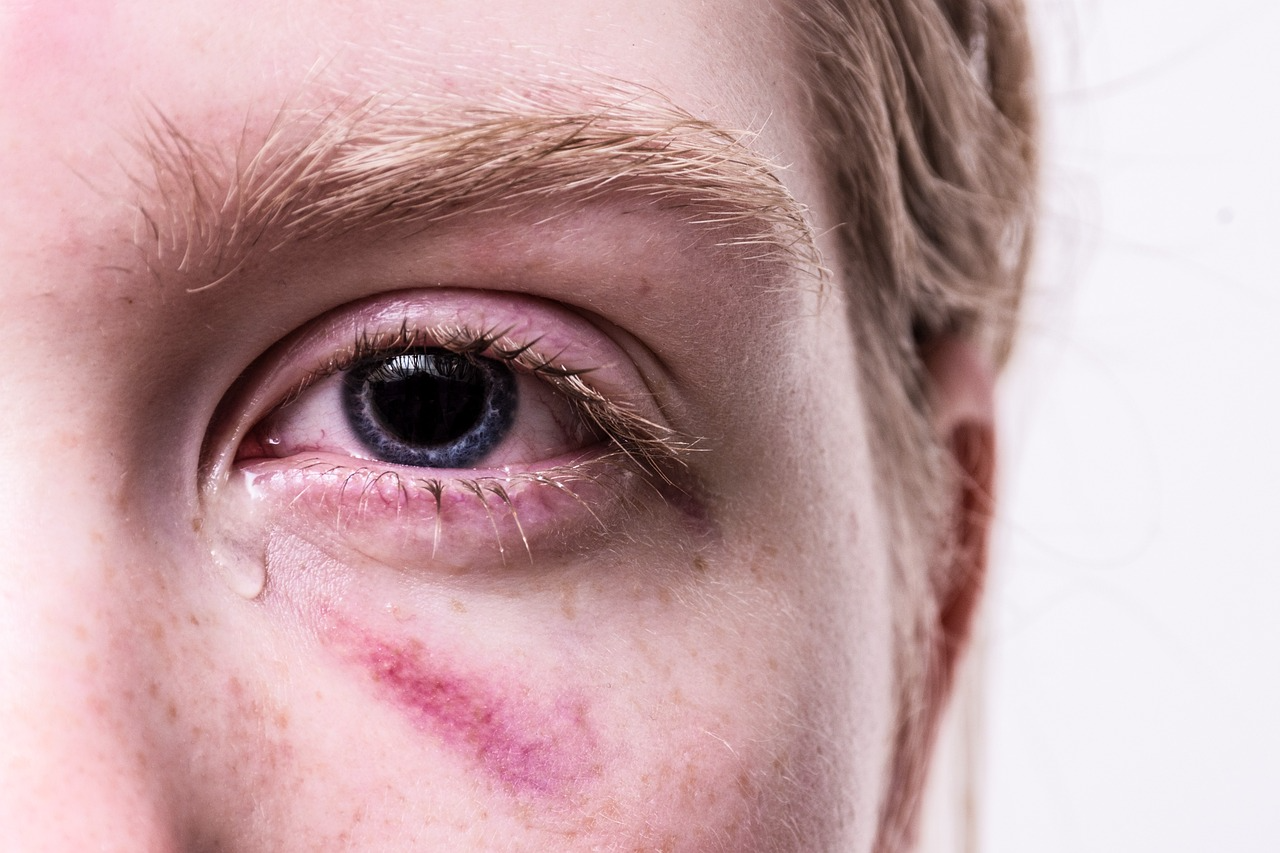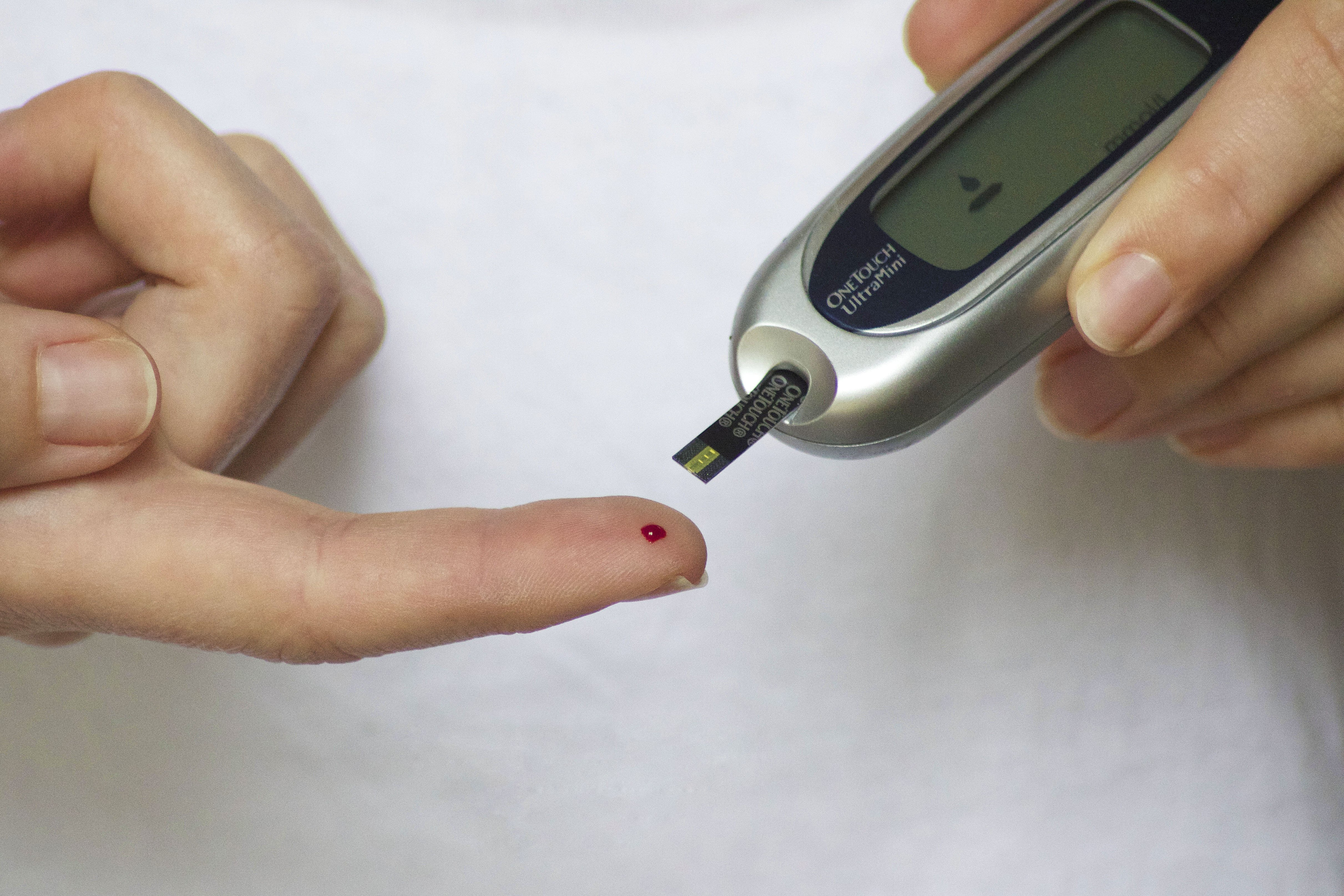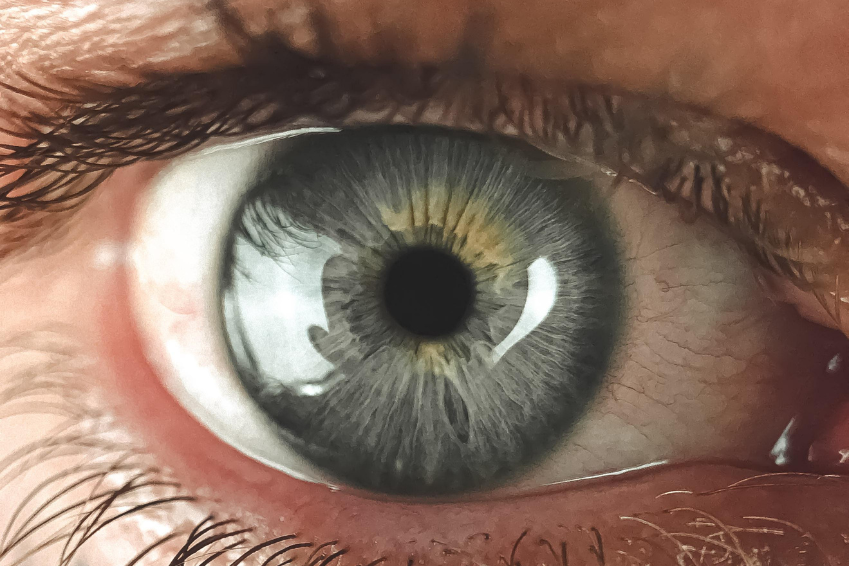What are the causes of Glaucoma (Cataract)?
The term “Glaucoma” refers to a whole group of eye diseases that damage the retina and optic nerve in advanced stages. In most cases, Glaucoma causes increased intraocular pressure and/or impaired blood flow to the optic nerve.
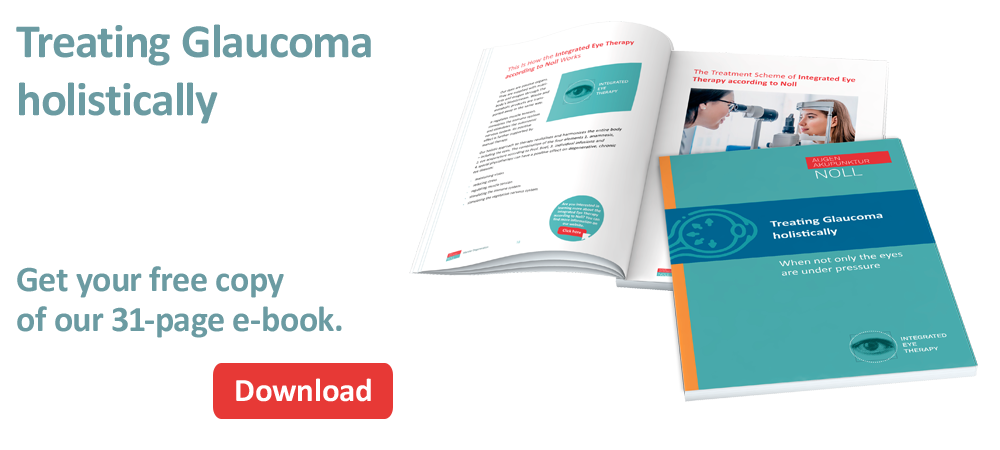 The pressure in the eyeball increases when more aqueous humor is formed in the anterior chamber of the eye than can drain through the outflow system. The aqueous humor carries nutrients and oxygen to the lens and cornea, which has no blood supply of its own. If congestion occurs, the pressure in the eye increases.
The pressure in the eyeball increases when more aqueous humor is formed in the anterior chamber of the eye than can drain through the outflow system. The aqueous humor carries nutrients and oxygen to the lens and cornea, which has no blood supply of its own. If congestion occurs, the pressure in the eye increases.
These are the most common causes of glaucoma and for the diagnosis of glaucoma:
Stress is one of the main causes of Glaucoma
Stress has been discussed in some studies as a potential factor in the development of glaucoma. It is thought that long-term or chronic stress may increase the risk of developing glaucoma.
However, it is important to emphasise that stress alone is not the main cause of glaucoma, but may play a role in combination with other risk factors.
Familial predisposition and genetics
Family predisposition and genetics play a role in glaucoma, as certain genetic factors can increase the risk of developing the disease.
If close relatives, such as parents or siblings, suffer from glaucoma, other family members have an increased risk of also developing the disease, as certain genetic variants can influence the imbalance in aqueous humour outflow and thus intraocular pressure.
Increased intraocular pressure (IOP)
The increased intraocular pressure in glaucoma is caused by an imbalance between the production and outflow of eye fluid (aqueous humour).
If the outflow is obstructed or insufficient, the pressure inside the eye increases and over time damages the optic nerve and surrounding nerve fibres, which can lead to glaucoma.
Increasing age
With age, the drainage mechanism for the aqueous humour in the eye can deteriorate, leading to a slow increase in intraocular pressure.
This age-related imbalance between aqueous humour production and outflow increases the risk of damage to the optic nerve and nerve fibres in the eye, increasing the risk of glaucoma.
Vasospastic syndrome
Vasospastic syndrome is a temporary vasoconstriction (narrowing) of blood vessels that can affect blood flow to the eye, increasing the risk of developing glaucoma.
Ethnic background
Ethnicity may influence the risk of certain forms of glaucoma. People of African, Asian or Hispanic descent have a higher risk of developing certain types of glaucoma, which can be attributed to genetic and possibly environmental factors specific to these populations.
Short-sightedness (Myopia)
Myopia is associated with an increased risk of developing glaucoma.
Studies have shown that people with severe myopia are at higher risk for certain types of glaucoma, possibly due to structural changes in the eye that can affect the outflow of aqueous humour.
Long-term use of corticosteroids
Long-term use of corticosteroids, whether in the form of eye drops, salves or oral medications, can increase the risk of glaucoma. These medications can increase intraocular pressure and thus the risk of developing glaucoma.
Eye injury one of many causes of Glaucoma
Eye injuries, especially severe or recurrent trauma to the eye, can increase the risk of glaucoma.
These injuries can cause structural damage to the eye, affecting aqueous humour drainage and leading to increased intraocular pressure, which can damage the optic nerve and surrounding nerve fibres, ultimately leading to glaucoma.
Overlap with other diseases
Certain systemic health conditions can increase the risk of glaucoma. These conditions can affect blood flow in the eye. These conditions include, for example:
- Diabetes
- High blood pressure (hypertension)
- Cardiovascular diseases
- Migraine
- Vascular diseases
- Sleep apnoea
- Certain neurological diseases
Corneal thickness
The thickness of the cornea – the clear, front structure of the eye – can influence the risk of glaucoma. A thinner cornea can cause the measured intraocular pressure to appear lower than it actually is. This can lead to a possible underdiagnosis of glaucoma.
While a thicker cornea does not reduce the risk of glaucoma, it may increase the intraocular pressure measurements, leading to possible overdiagnosis.
Other eye diseases
Other eye diseases can increase the risk of being diagnosed with glaucoma. These other diseases of the eye include, for example:
- Retinal detachment
- Diabetic retinopathy
- Uveitis (inflammation of the middle skin of the eye)
- Neovascular (wet) age-related macular degeneration (AMD)
- Corneal diseases that can obstruct the outflow of aqueous humour
- Pseudoexfoliation syndrome (a build-up of material on the surface of the eye).
- Irido corneal angle closure (narrow angle glaucoma)

A holistic treatment of a holistic problem
Our eyes are passive organs. They are supplied with nutrients and oxygen by the body via the bloodstream. Waste and metabolic products are transported away in the same way. If these processes are blocked, pathological changes occur. Targeted treatment can counteract the glaucoma symptoms and these changes.

